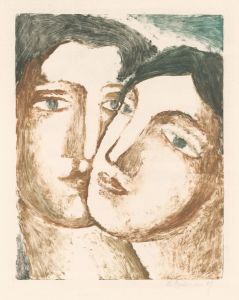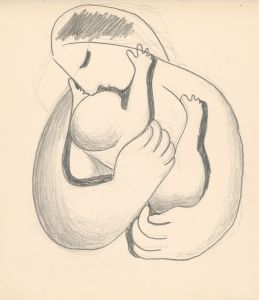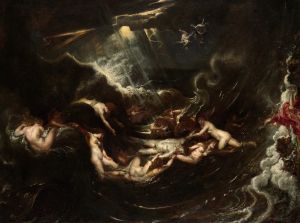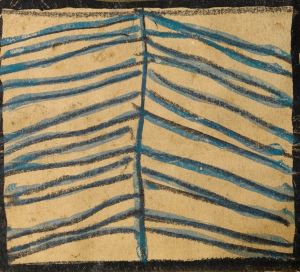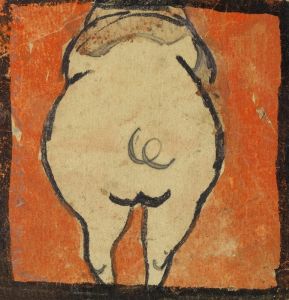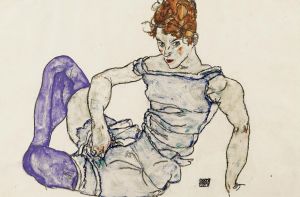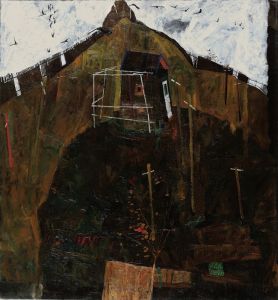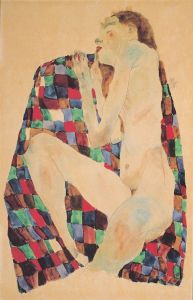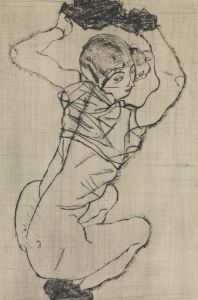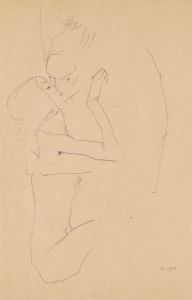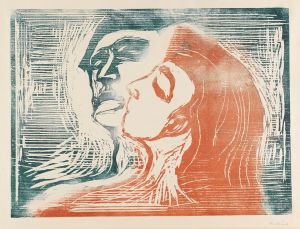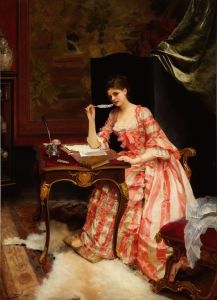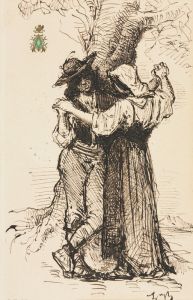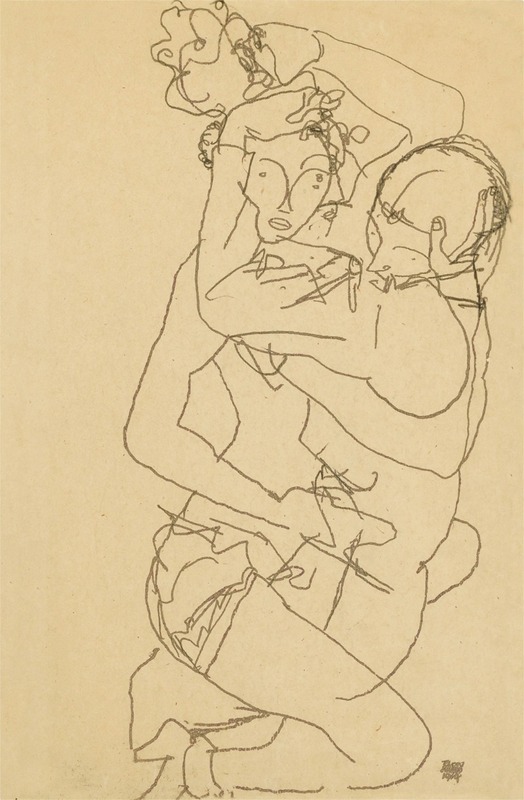
Paar Im Umarmung
A hand-painted replica of Egon Schiele’s masterpiece Paar Im Umarmung, meticulously crafted by professional artists to capture the true essence of the original. Each piece is created with museum-quality canvas and rare mineral pigments, carefully painted by experienced artists with delicate brushstrokes and rich, layered colors to perfectly recreate the texture of the original artwork. Unlike machine-printed reproductions, this hand-painted version brings the painting to life, infused with the artist’s emotions and skill in every stroke. Whether for personal collection or home decoration, it instantly elevates the artistic atmosphere of any space.
Egon Schiele, an Austrian painter known for his intense and raw expressionist works, created "Paar Im Umarmung" (translated as "Couple in Embrace") in 1917. This painting is a quintessential example of Schiele's exploration of human intimacy and emotion, themes that frequently permeated his oeuvre. Schiele, a protégé of Gustav Klimt, was part of the early 20th-century Viennese art scene, which was characterized by a break from traditional aesthetics and a move towards more expressive and symbolic forms.
"Paar Im Umarmung" depicts a man and a woman locked in a tender embrace, their bodies intertwined in a manner that conveys both vulnerability and connection. The figures are rendered with Schiele's characteristic elongated forms and sharp contours, which emphasize the emotional intensity of the scene. The use of color in the painting is also notable; Schiele employs a muted palette that enhances the somber yet intimate mood of the piece.
The painting reflects Schiele's interest in the complexities of human relationships and the psychological depth of his subjects. Unlike many of his contemporaries, Schiele was not afraid to delve into themes of sexuality and existential angst, often portraying his subjects in stark, unidealized forms. This approach is evident in "Paar Im Umarmung," where the figures' expressions and postures suggest a deep emotional bond, yet also hint at the underlying tensions and uncertainties inherent in intimate relationships.
Schiele's work was often controversial during his lifetime, with its explicit content and raw emotionality challenging the conservative norms of early 20th-century society. Despite this, or perhaps because of it, his work garnered significant attention and has continued to be influential in the art world. "Paar Im Umarmung" is a testament to Schiele's ability to capture the essence of human emotion in a way that is both personal and universal.
The painting was created during a tumultuous period in Schiele's life. In 1917, he was living in Vienna, having recently married Edith Harms. This period marked a shift in his work, with a move towards more mature and refined compositions, possibly influenced by his personal life and the broader socio-political context of World War I. Despite the challenges of the time, Schiele's work from this period, including "Paar Im Umarmung," is noted for its depth and complexity.
Egon Schiele's life was tragically cut short by the Spanish flu pandemic in 1918, just a year after completing "Paar Im Umarmung." Despite his brief career, Schiele left a lasting impact on the art world, with his works continuing to be celebrated for their emotional intensity and innovative approach to form and composition. "Paar Im Umarmung" remains a significant piece within his body of work, exemplifying his unique style and his profound exploration of human emotion and relationships.





